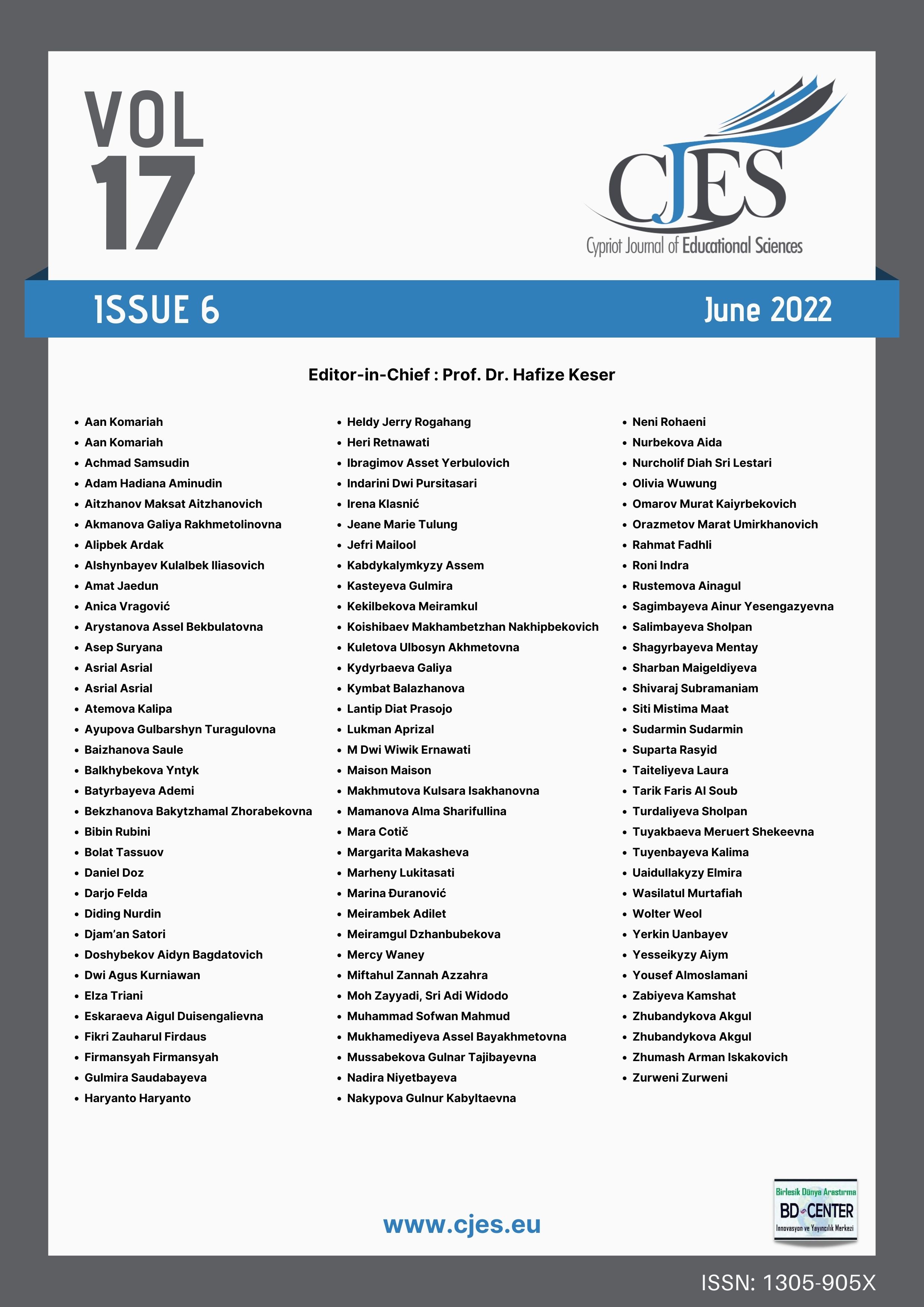A Rasch analysis: Comparing students’ learning activity on online learning and blended learning
Main Article Content
Abstract
This study purposes to compare student learning activities in fully online learning and blended learning. This study uses the mixed methods approach (explanatory sequential model). 42 junior high school teachers were comprised as the sample. Learning activity questionnaire (LAQ) and interview procedures were used as a data collection tool. The data obtained were analysed using Rasch analysis. Rasch analysis is a statistical technique for defining the measure of human performances, attitudes and insights. The results showed that almost all respondents agreed with all statements on the questionnaire. The percentage of respondents’ approval of statements using blended learning is higher than respondents who use fully online learning. Thus, it can be determined that fully online learning and blended learning can develop student learning activities. The researcher recommends that in the strategic plan for managing learning services, online learning should provide additional computing infrastructure to run the two learning methods.
Keywords: Blended learning, comparing, learning activity, online learning, Rasch model
Downloads
Article Details

This work is licensed under a Creative Commons Attribution 4.0 International License.
Cypriot Journal of Educational Sciences is an Open Access Journal. The copyright holder is the author/s. Licensee Birlesik Dunya Yenilik Arastirma ve Yayincilik Merkezi, North Nicosia, Cyprus. All articles can be downloaded free of charge. Articles published in the Journal are Open-Access articles distributed under a CC-BY license [Attribution 4.0 International (CC BY 4.0)].
Birlesik Dunya Yenilik Arastirma ve Yayincilik Merkezi (BD-Center)is a gold open-access publisher. At the point of publication, all articles from our portfolio of journals are immediately and permanently accessible online free of charge. BD-Center articles are published under the CC-BY license [Attribution 4.0 International (CC BY 4.0)], which permits unrestricted use, distribution, and reproduction in any medium, provided the original authors and the source are credited.

